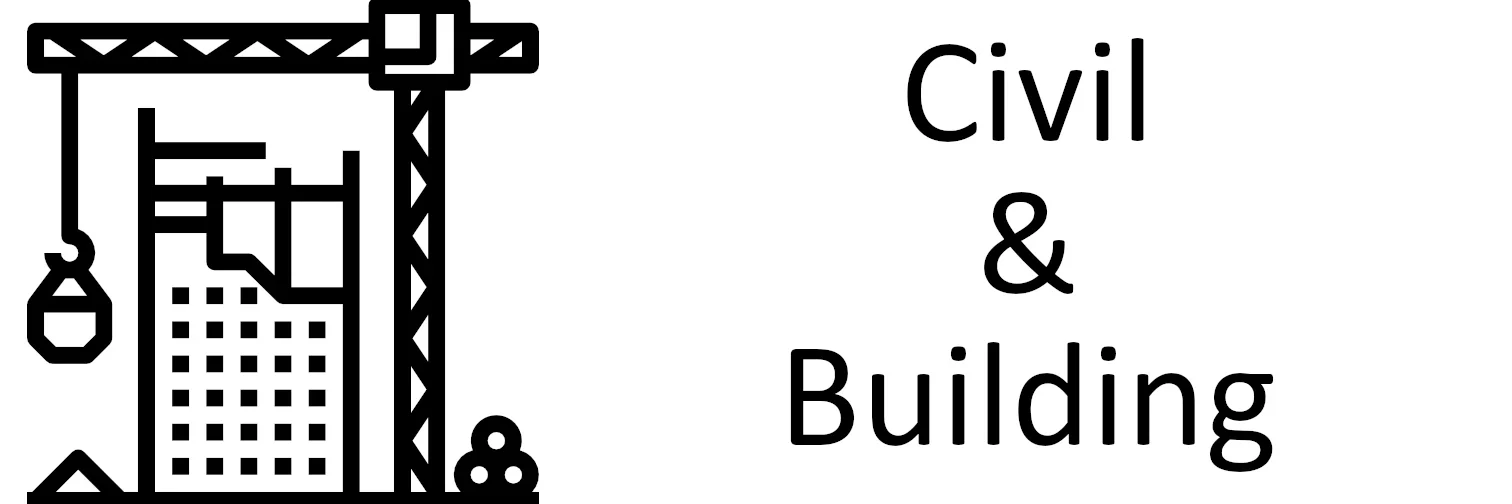In the building industry, sustainability, durability, and efficiency are critical factors. Over the years, the sector has experienced notable developments in materials and technology to satisfy these demands. Precast concrete is one such invention that has completely changed the construction industry. Because a large amount of the construction is done off-site, precast concrete provides a more efficient and environmentally responsible way to complete building projects. We will look at the various advantages of precast concrete and how it is changing the construction sector in this blog.
Precast concrete: what is it?
Instead of curing on the construction site, precast concrete is manufactured in a controlled environment at a precast manufacturing facility using molds. The concrete components—beams, columns, walls, and slabs—are delivered to the construction site and assembled there after they have hardened to the necessary degree. Compared to typical cast-in-place concrete, when everything is built on-site, this method is a sharp difference.
Simplifying the Construction Procedures
- Time and Cost Savings: One of precast concrete’s biggest benefits is the time and money it saves. Because precast pieces may be constructed in tandem with site preparation, construction projects can be completed more quickly. This shortens construction schedules, decreases weather-related project delays, and maximizes worker efficiency. The uniform and predictable quality of precast elements is guaranteed by the controlled production environment, which lowers the need for expensive rework.
- Quality Control: Since precast concrete components are made in a regulated setting, strict quality control procedures are possible. Concrete components with exceptional strength and endurance can be produced by optimizing variables such as temperature, humidity, and curing time. This reduces maintenance expenses during the building’s lifetime and produces a superior product that can last for decades, if not longer.
- Lessened On-Site Disruptions: Building sites can be noisy, crowded, and inconvenient for the neighborhood. Because a large portion of the work is done off-site, precast concrete reduces these interruptions. This results in increased security, a better working environment, and less disruption to the businesses or inhabitants in the area.
Benefits to the Environment and Sustainability - Less Material Waste: Material waste is kept to a minimum with precast concrete. It is possible to calculate the precise amount of concrete required for a project and recycle any extra. In addition, there is less waste produced throughout the manufacturing process than during on-site building.
- Energy Efficiency: It is possible to engineer precast concrete components to use less energy. For instance, insulated panels can enhance a building’s thermal performance, resulting in lower energy usage during the structure’s lifetime.
- Recycling and Reusability: Precast components have the ability to be disassembled and repurposed in different projects, which prolongs their life and lowers the requirement for new resources. This strategy is in line with sustainable building methods and the circular economy’s tenets.
Vast Architectural Flexibility
There are many different design options available to architects and designers using precast concrete. It is moldable into a wide range of finishes, textures, and shapes. Precast concrete offers design versatility without compromising structural integrity, perfect for emulating the look of real stone, wood, or intricate architectural elements.
In summary
In the construction business, precast concrete has become a game-changer by offering a more effective, economical, and environmentally friendly method of constructing buildings. Precast elements are produced off-site, which improves quality control, expedites building, and lessens environmental effect. This approach benefits not only the environment and the communities where projects are located, but also the construction industry. Precast concrete is leading the way in the building industry’s ongoing evolution, providing a window into the speedier, more environmentally friendly, and more visually pleasing construction of the future.
